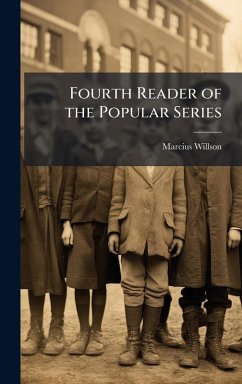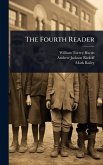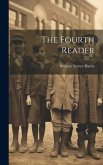Rediscover the methods of 19th-century education with the "Fourth Reader of the Popular Series" by Marcius Willson. Originally published in 1883, this reader offers a glimpse into the curriculum and teaching styles of a bygone era. Designed as part of a graded series, it provides progressive reading exercises intended to develop students' comprehension and vocabulary skills. This historical textbook is invaluable for educators, historians, and anyone interested in the evolution of educational practices. Explore the selections, exercises, and pedagogical approaches that shaped young minds more than a century ago. A fascinating artifact, the "Fourth Reader" invites readers to reflect on the enduring principles of effective reading instruction. This work has been selected by scholars as being culturally important, and is part of the knowledge base of civilization as we know it. This work was reproduced from the original artifact, and remains as true to the original work as possible. Therefore, you will see the original copyright references, library stamps (as most of these works have been housed in our most important libraries around the world), and other notations in the work. This work is in the public domain in the United States of America, and possibly other nations. Within the United States, you may freely copy and distribute this work, as no entity (individual or corporate) has a copyright on the body of the work. As a reproduction of a historical artifact, this work may contain missing or blurred pages, poor pictures, errant marks, etc. Scholars believe, and we concur, that this work is important enough to be preserved, reproduced, and made generally available to the public. We appreciate your support of the preservation process, and thank you for being an important part of keeping this knowledge alive and relevant.
Bitte wählen Sie Ihr Anliegen aus.
Rechnungen
Retourenschein anfordern
Bestellstatus
Storno








![The Independent First[-Sixth] Reader The Independent First[-Sixth] Reader](https://bilder.buecher.de/produkte/74/74766/74766584m.jpg)